There are two common types of DC motors: brushed motors and brushless motors (or BLDC motors). As the name implies, brushed DC motors have brushes that commutate and rotate the motor, while brushless motors replace the mechanical commutation function with electronic control.
Both types of motors are based on the same principle of attraction and repulsion of coils and permanent magnets. Here is an introduction to the difference between the two motors.
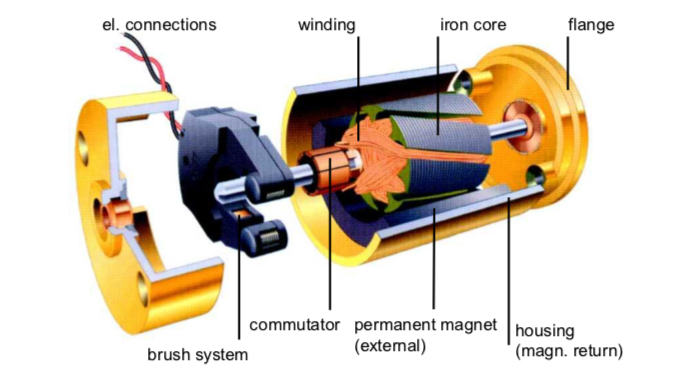
The main structure of a brushed DC motor consists of a stator, rotor, and brushes. It generates torque through a rotating magnetic field, thereby outputting kinetic energy. The brushes continuously contact and rub against the commutator, facilitating conduction and commutation during rotation.
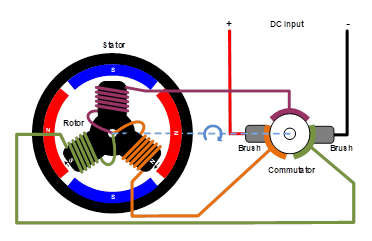
There is mechanical friction between the brushes and the commutator in a brushed motor. Since these are electrical contact points, they typically cannot be lubricated, requiring periodic replacement of the carbon brushes.
The principle of magnetic attraction and repulsion in brushless DC motors is the same as in brushed motors, but their structures are slightly different. Unlike brushed motors that use a mechanical commutator and brushes, brushless motors achieve the rotation of the stator's magnetic field through an electronic commutator, which requires active control electronics. In brushless DC motors, commutation is handled by control circuits within the controller, typically using Hall sensors and a controller, or more advanced technologies like magnetic encoders.
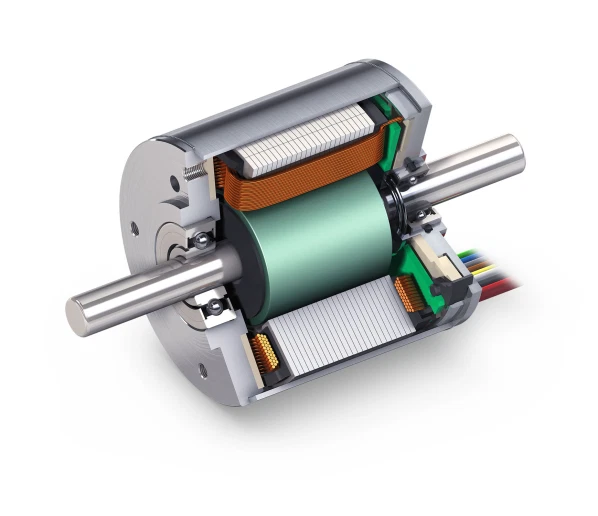
Brushless DC motors utilize electronic commutation, where the coils remain stationary and the magnetic poles rotate. These motors use a set of electronic devices, including a Hall switch SS2712, to sense the position of the permanent magnet poles. Based on this sensing, electronic circuits switch the direction of current in the coils at the appropriate times to ensure the generation of magnetic forces in the correct direction to drive the motor. This design eliminates the drawbacks of brushed DC motors.
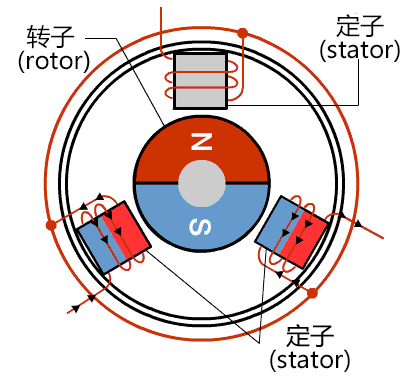
The table below provides a comparison between brushless DC motors (BLDC motors) and brushed DC motors:
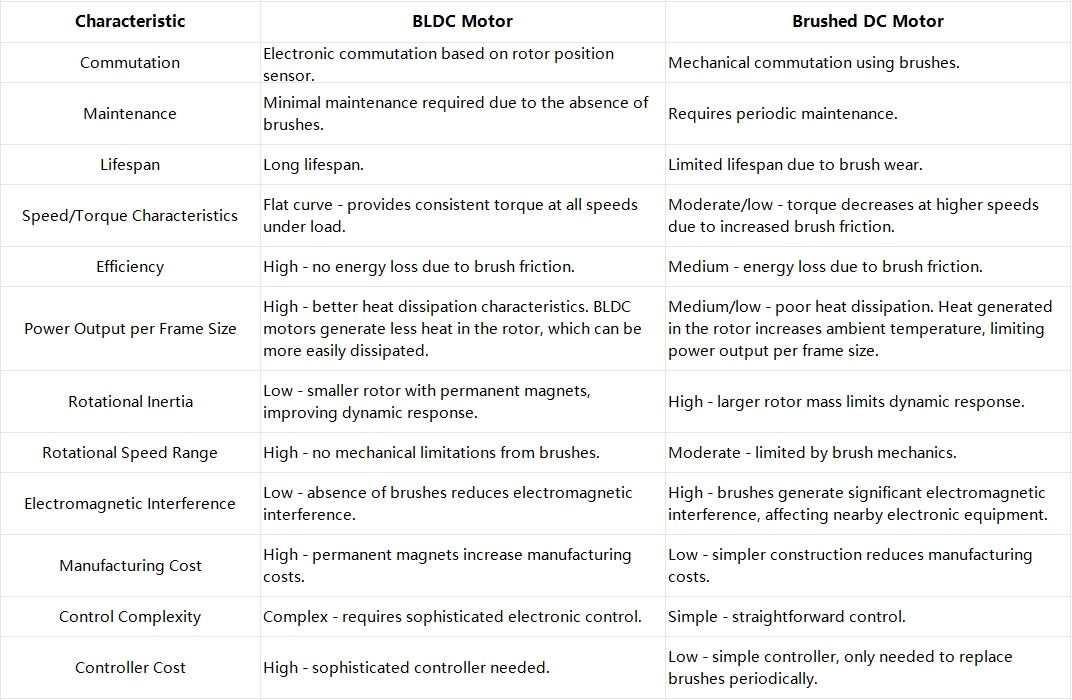
Although brushless DC motors (BLDC motors) are more expensive and complex than brushed DC motors, they offer several advantages over brushed motors in other aspects:
As the costs of brushless DC motors (BLDC motors) and their associated electronics continue to decrease, BLDC motors are gradually penetrating industries traditionally dominated by brushed motors. They are increasingly being used in appliances, automotive, aerospace, consumer goods, medical equipment, industrial automation equipment, and instruments.
 Hot News
Hot News